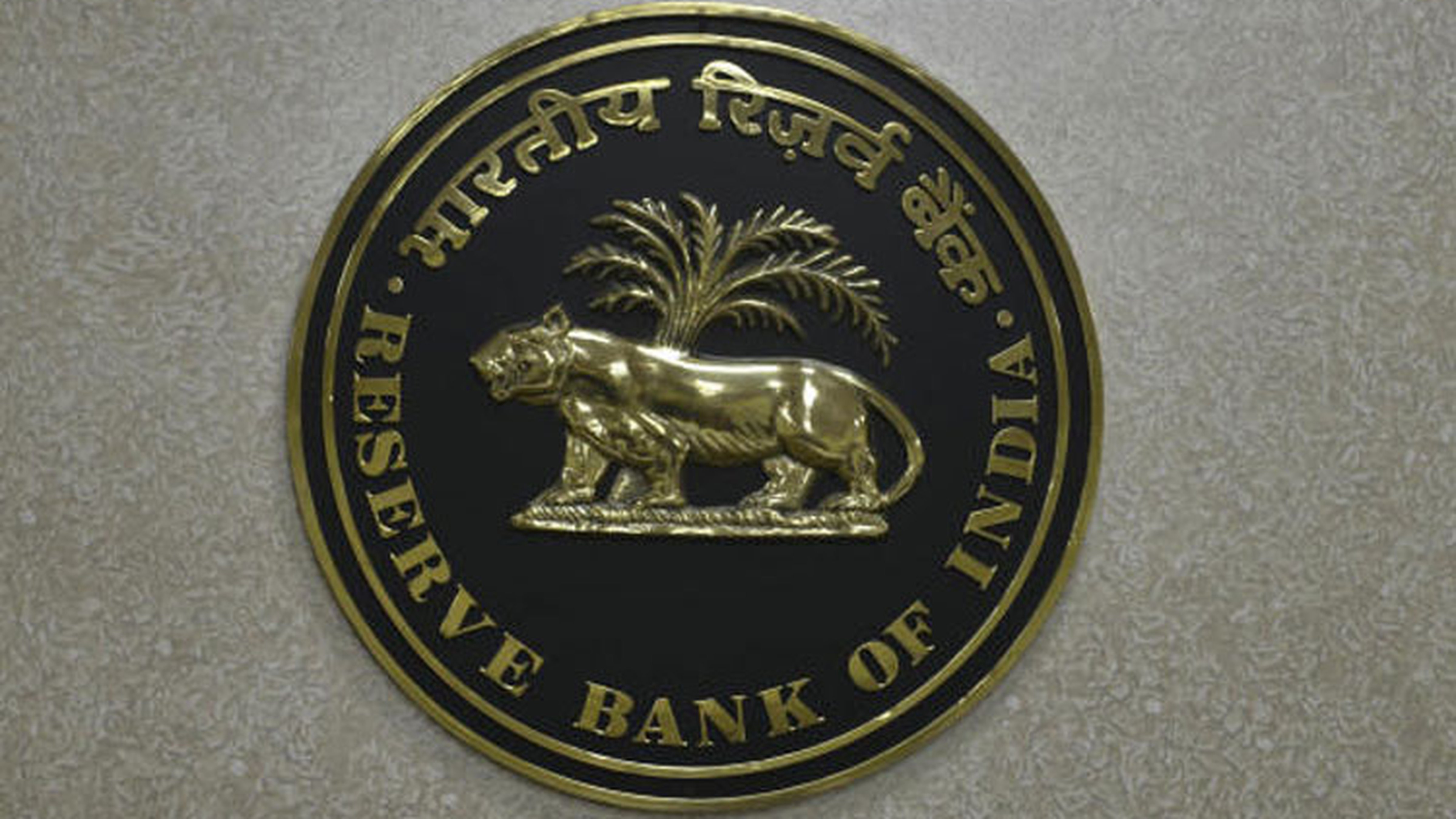The Reserve Bank of India has diluted its guidelines on stressed assets and has now mandated banks to undertake a review of a borrower’s accounts within 30 days of default, according to a circular issued on Friday.
The new circular replaces the older February 12, 2018, circular that was quashed by the Supreme Court in April. The older circular required banks to initiate a resolution process as soon as a default took place. Banks unable to agree upon a resolution plan with the defaulter within 180 days were mandated to force them into a time-bound insolvency process.
According to the RBI, the new rules replace all the earlier resolution plans such as the framework for revitalising distressed assets, corporate debt restructuring scheme, flexible structuring of existing long-term project loans, strategic debt restructuring scheme (SDR), change in ownership outside SDR, and scheme for sustainable structuring of stressed assets (S4A), and the joint lenders’ forum with immediate effect.
The new circular states in the absence of a resolution plan, banks will not have to mandatorily refer a stressed account to the insolvency court.
However, there is an incentive in the form of lower provisions if a case is referred under the Insolvency and Bankruptcy Code (IBC).
Banks will also be subject to additional provisions for the delay in the implementation of a resolution plan or the initiation of insolvency proceedings;
In another instance of relaxation, the central bank has removed its earlier rule that an unanimous approval from all lenders is required to approve a resolution plan.
Now, permission is required from 65 per cent of the lenders by numbers and 75 per cent by value.
The February 12, 2018 circular, drafted under previous governor Urjit Patel, had said banks had to initiate a resolution plan of a stressed account even if the account was in default by one day.
The lenders had to mandatorily refer all accounts over Rs 2,000 crore to the National Company Law Tribunal (NCLT) if they failed to resolve the issue within 180 days of default.
In its verdict on April 3, the apex court had held that the circular directing banks to take recourse to IBC was beyond the powers of Section 35AA of the Banking Regulation Act. It said reference to IBC can be made only on a case-to-case basis and there cannot be a general direction in this regard.
Keeping this in mind, the central bank on Friday said that if a borrower is reported to be in default by any of the lenders, they will be given a 30- day “review period”, during which they may decide on the resolution strategy, including the nature of the resolution plan.
Additionally, they may also choose to initiate legal proceedings for insolvency or recovery. The resolution plan may involve the regularisation of the account by the payment of all overdues by the borrower, sale of the exposures to other investors or change in the ownership of the company or restructuring of the account.
For a resolution plan, the lenders will have to enter into an inter-creditor agreement, which will set the basic rules for the implementation of the programme. The plan has to be implemented within 180 days from the end of the review period.
In the event of banks being unable to implement a resolution plan by this period — 180 days plus 30 days — they will be subject to additional provisioning of the total outstanding.
The RBI added that if a resolution plan is pursued under IBC — half of the additional provisions made may be reversed on the filing of insolvency application and the remaining additional provisions may be reversed upon the admission of the borrower into the insolvency resolution process under IBC.
“The overall framework is positive and will continue to incentivise banks for accelerated resolution of stressed assets,” Karthik Srinivasan, group head financial sector ratings at Icra said.
Banking circles said that for existing stressed accounts, the review period will be determined by the reference date. For loans of Rs 2,000 crore and above, the reference date starts from Friday when the circular was issued.
The revised circular will apply to banks, financial institutions, small finance banks and NBFCs.
The central bank said that lenders should recognize incipient stress in accounts on default by classifying them as special mention accounts (SMA).
The new rules will apply to exposures of less than Rs 1500 crore, Rs 1500-2000 and Rs 2000 crore and above. The review period will commence after a reference date for these accounts.
The new norms replaces all the earlier resolution plans such as the framework for revitalising distressed assets, corporate debt restructuring scheme, flexible structuring of existing long-term project loans, strategic debt restructuring scheme (SDR), change in ownership outside SDR, and scheme for sustainable structuring of stressed assets (S4A), and the joint lenders' forum with immediate effect.










